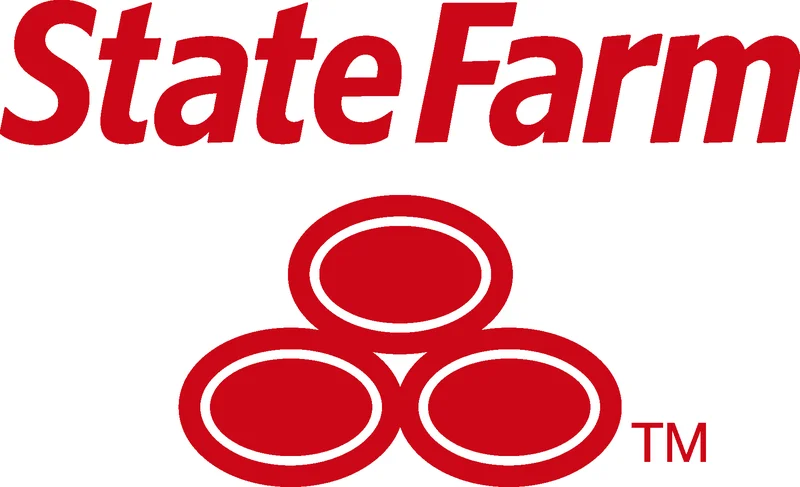Real-Time BNB Signal Analytics
Real-Time BNB Signal Analytics
The following article is a work of analysis and opinion.
There are two stories about State Farm circulating right now, and they appear, on the surface, to be entirely unrelated.
In one corner, you have a homeowner in New Mexico, Koteiba Azzam. His property suffered extensive water damage from a burst pipe on January 24, 2025. He filed a claim with his provider, the `State Farm insurance company`, and alleges he was met with a process that was “insufficient and unreasonable.” His lawsuit claims the company systematically underpaid his claim and closed it prematurely, leaving him with a damaged home. It’s a familiar, granular story of a David-versus-Goliath dispute.
In the other corner, you have the Goliath itself, pleading poverty in California. Following the devastating Los Angeles fires, State Farm is in front of the state’s Insurance Commissioner requesting an emergency 22% State Farm rate hike. The company, which holds a significant portion of the market—to be more exact, 16% of California's homeowners' policies—is warning of a potential credit downgrade if its demands aren't met. The projected claims from the fires are staggering (a reported $7.6 billion), and the company is essentially telling the state it can no longer afford the risk it was paid to assume.
These two events, the micro-level claim denial and the macro-level rate demand, are not disconnected. They are the input and output of the same cold, rational algorithm. One is a function designed to minimize cash outflow on individual liabilities; the other is a function designed to maximize cash inflow across an entire portfolio. The common denominator, of course, is the policyholder.
Let's first examine the incident in New Mexico. The language in Azzam's complaint is telling. It doesn't just accuse State Farm of a mistake or a miscalculation. It alleges a systematic process of denial and underpayment. This implies a repeatable, operational strategy, not a one-off error by a single `State Farm insurance agent`.

This is the part of the story that I find genuinely puzzling from a risk-management perspective. An insurer's primary product is trust. A strategy of aggressive claim minimization introduces a significant reputational risk that can erode customer loyalty over time. It’s a short-term gain in exchange for long-term brand damage. The only way this makes sense is if the data shows the number of policyholders who accept a lowball offer far outweighs the cost of litigation from the few who, like Azzam, decide to fight back. Is that the calculation being made? What is the acceptable threshold for legal challenges before the strategy becomes unprofitable?
This approach to claims is like a high-frequency trading algorithm designed to skim fractions of a cent off millions of transactions. For the individual, the loss is infuriating but often too small to justify a protracted legal battle. For the corporation, the aggregated savings are immense. We don't have the internal data to confirm this, of course. But the allegation from Azzam suggests a business logic that prioritizes the balance sheet over the contractual promise made in a `home insurance` policy. It’s a clinical, effective, and deeply cynical way to manage liabilities.
Now, let's pivot to California, where State Farm is executing the second part of its strategy. The company isn’t just asking for a rate hike; it’s leveraging its systemic importance to the entire California housing market. The threat of a credit downgrade is the financial equivalent of a nuclear option. A downgrade could mean banks no longer accept State Farm policies as collateral for mortgages. The resulting chaos would be immediate and widespread, effectively freezing a significant portion of real estate transactions in the state.
State Farm is playing a game of chicken, and it knows the state can’t afford for it to lose. The insurer is essentially holding its own customers hostage to force the regulator's hand. The company has already stated that the emergency 22% increase isn't enough to get it to start writing new policies again; it's concurrently negotiating an even larger 30% hike based on new climate-risk models.
This is a masterclass in financial maneuvering. The company is using a catastrophe—a risk it was explicitly paid to insure against—as the justification for a fundamental repricing of its entire California portfolio. The argument from advocacy groups like Consumer Watchdog is that the parent company has reserves to shore up its California subsidiary. But that misses the point. This isn't just about surviving the last disaster; it's about capitalizing on it to insulate the company from all future ones. Why tap into the parent company’s assets when you can force your captive customer base to foot the bill for your new, more profitable risk model? What's the real financial health of the California-specific entity versus the consolidated parent corporation? The lack of transparency there is a massive red flag.
Let’s be clear. The situation with Koteiba Azzam and the crisis in California are not evidence of a system that is broken. On the contrary, they are evidence of a system that is functioning exactly as it was designed to. State Farm is not a benevolent neighbor; it is a financial institution managing a portfolio. When the risk profile of that portfolio changes dramatically due to climate change, the institution will use every tool at its disposal to rebalance its books. That means aggressively minimizing claim payouts on one end while simultaneously demanding massive premium increases on the other. The individual policyholder is simply a data point in a very large, very cold equation.